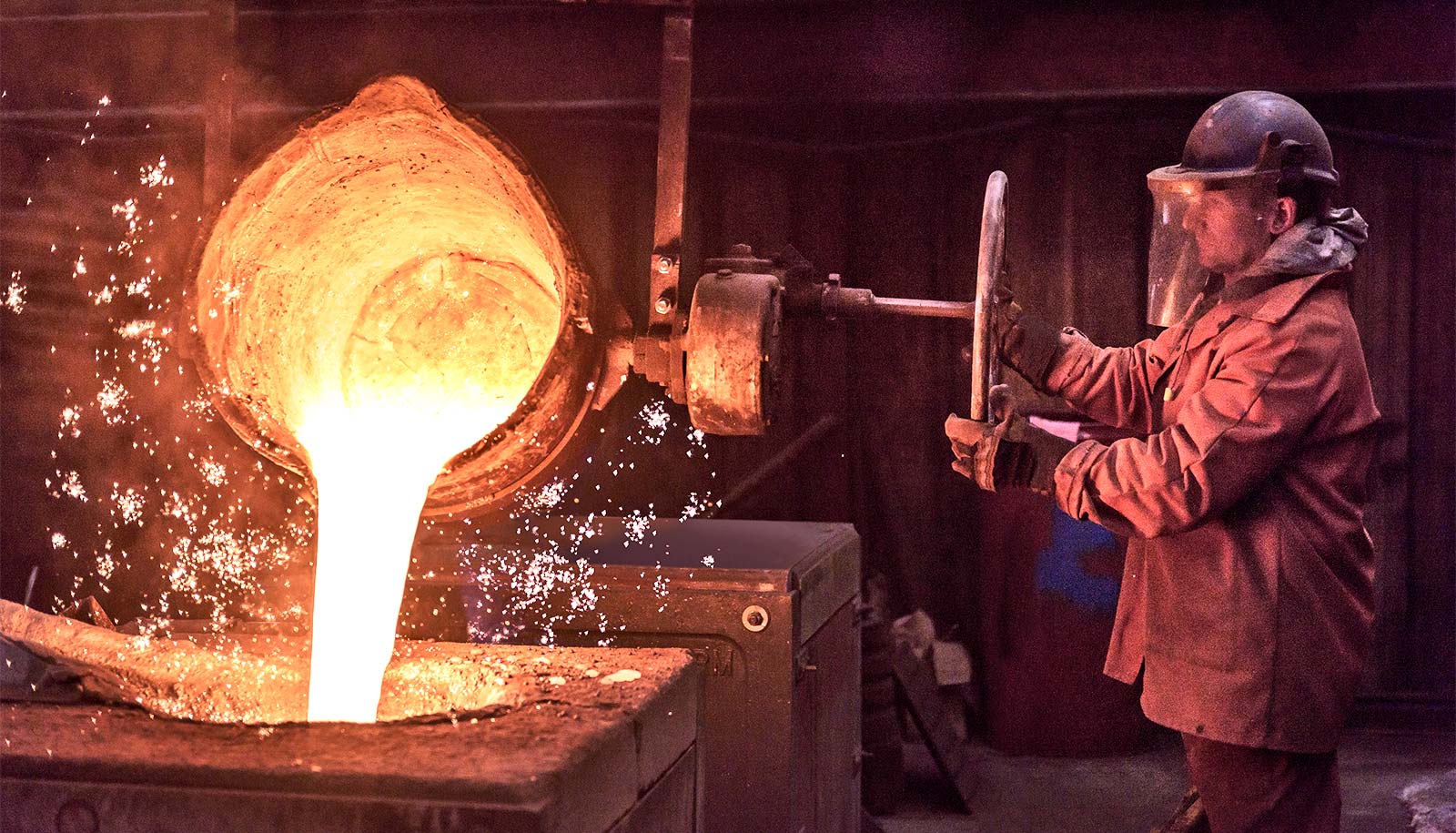When one ponders the intricate relationship between temperature and material properties, particularly metals, the concept of absolute zero—the theoretical temperature at which a system reaches its minimum energy state—occupies a central role in condensed matter physics. Absolute zero, defined as 0 Kelvin (K), equates to -273.15°C or -459.67°F. At this chilling threshold, one encounters a myriad of fascinating phenomena that challenge conventional understanding. What transpires at the atomic and macroscopic scales within metals at 0 K reveals fundamental insights into both the nature of matter and the laws of thermodynamics.
To appreciate the enigmatic behavior of metals at this frigid extreme, one must first grasp the notion of thermal energy. At elevated temperatures, the atoms in a metal vibrate, their thermal energy prompting them to oscillate about their equilibrium positions. These vibrations give rise to temperature, an emergent property directly linked to atomic motion. As temperature decreases, atomic motion mitigates, leading one to ponder: what remains of these metallic structures when this motion is virtually extinguished?
At absolute zero, one can visualize a metallic lattice as akin to a ball marooned in a gravity well—no longer buoyed by thermal agitation, the atoms nestle into their positions within the crystal lattice with remarkable stillness. This relative immobility raises captivating questions about the electronic structure and other emergent properties of the material. One of the first transformations witnessed in the cooling of metals to such an extreme is the cessation of thermal vibrations, wherein the coherent arrangement of atoms becomes nearly perfect.
As a consequence of this ordered arrangement, certain metals exhibit what is known as “quantum zero-point energy.” Even at 0 K, quantum mechanics asserts that particles retain a baseline energy level due to the Heisenberg uncertainty principle. The implications are profound: the atoms do not rest completely; rather, they oscillate in the quantum regime, exhibiting minimal yet significant deviations from their ordered positions. This phenomenon underlines the delicate interplay between thermodynamic and quantum mechanics.
Fascinatingly, the behavior of electrons in metals also undergoes striking transformations at 0 K. Metals possess a crystalline structure that allows for the delocalization of electrons, enabling electrical conductivity. At higher temperatures, electrons traverse the lattice, scattering due to defects and thermal agitation. However, at absolute zero, a metal becomes an intriguing playground for the exploration of electronic properties as well. With atomic disorder effectively minimized, it is theoretically posited that metals become perfect conductors—an idea rooted in the concept of superconductivity. Below a certain critical temperature, certain metals exhibit the property of zero electrical resistance, with pairs of electrons, known as Cooper pairs, flowing seamlessly through the lattice without scattering.
However, not all metals embrace superconductivity at such extreme temperatures. The results of cooling metallic materials vary significantly, reliant upon their unique atomic structures and electron configurations. For instance, elemental lead and niobium are renowned for their superconducting abilities, while materials such as copper, despite their excellent conductivity at room temperature, fail to attain superconducting states when cooled to near absolute zero.
In contemplating the behavior of metals at absolute zero, it becomes evident that classical physics falls short in fully elucidating their properties. Instead, one must don the lens of quantum mechanics to fully appreciate the elegance of behavior witnessed at this extreme state. Consider the concept of fermions—subatomic particles, such as electrons, that adhere to the Pauli exclusion principle, limiting their occupancy within the same quantum state. As temperature approaches 0 K, fermionic systems exhibit behavior described by Fermi-Dirac statistics, where electrons fill energy states up to a particular level—termed the Fermi energy. This population distribution concept serves as a pivotal mechanism in comprehending metallic behavior under quantum constraints.
Moreover, when concerning magnetism, materials often reveal their true character at these low temperatures. At ambient conditions, magnetic moments within metals may be present, but their orientations can shuffle erratically due to thermal agitation. However, upon freezing the lattice, moments align coherently, leading to the manifestation of magnetic ordering phenomena such as ferromagnetism or antiferromagnetism—effects that were once obscured by thermal noise.
The state of a metal at 0 K can also lead to investigations into theoretical frameworks, such as the BCS theory, which seeks to explain superconductivity in many-body systems via the interaction of electron pairs mediated by lattice vibrations. The interrogation of these quantum properties not only enriches our understanding of condensed matter physics but also propels advancements in technologies hinging upon superconductors, including powerful magnets and quantum computing.
In conclusion, the exploration of what happens to metals at absolute zero reveals a realm where classical concepts are superseded by quantum realities. The cessation of thermal agitation unlocks a cascade of phenomena, from superconductivity to magnetic ordering, each underlining the rich tapestry of interactions within metallic structures. Discerning these low-temperature behaviors offers profound insights into the very fabric of matter, inviting further inquiry into the nature of reality at its most elemental level. As the realm of 0 K uncovers mysteries long coveted by physicists, it beckons with unparalleled intrigue and potential, forever altering our understanding of the materials that comprise our universe.












